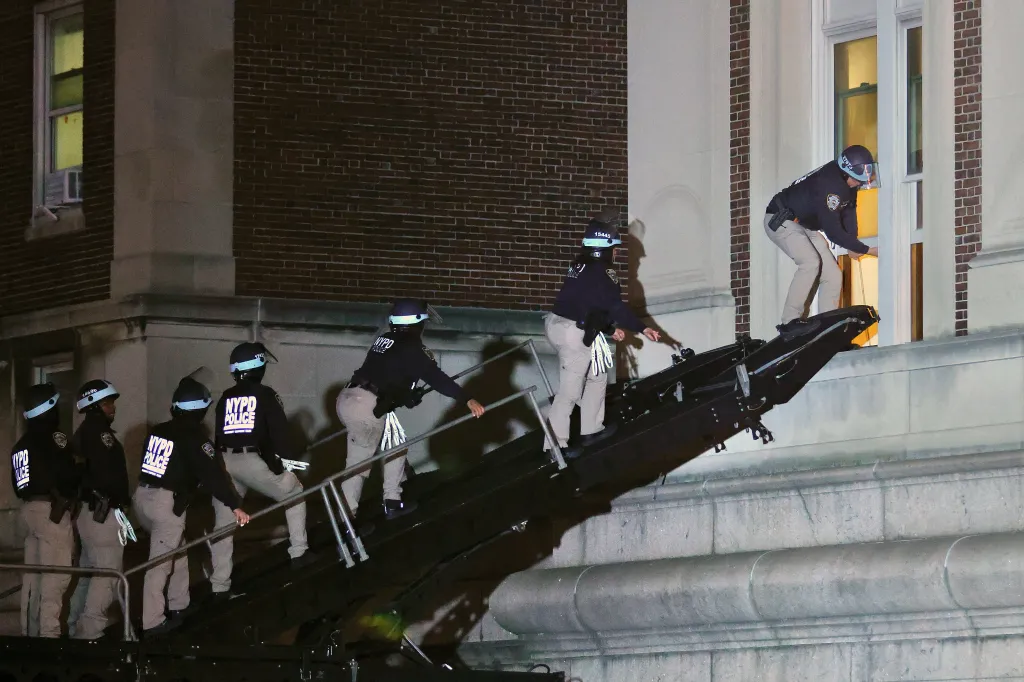The Israel-Palestine conflict has claimed countless lives and displaced millions, marking one of
the most protracted and complex struggles in modern history.
“The greatest tragedy of the Israel-Palestinian conflict is that everyone knows how it will end,”
said Yair Lapid, an Israeli politician and former Prime Minister. Lapid, leader of the centrist Yesh
Atid party, supports a two-state solution and has worked to balance security with diplomacy
during his tenure, amid ongoing tensions in the region.

Declaration, promising a “national home” for the Jewish people in Palestine, which was then
part of the Ottoman Empire and later came under British mandate after World War I. Tensions
between Jewish and Arab populations escalated over the following decades, as both groups laid
claim to the land.
In 1947, the United Nations adopted Resolution 181, which called for the partition of Palestine
into separate Jewish and Arab states, with Jerusalem placed under international administration.
The resolution was accepted by the Jewish community but rejected by Arab leaders, leading to
conflict. The violence and disputes over land, religion, and sovereignty that followed continue to
shape the region today.
“It caused immense, unnecessary suffering, killing thousands of innocent women, children, and
bystanders,” said Emari Lapir, a student from Wyoming Valley West, who has extensively
studied the conflict.
The conflict has been marked by numerous wars and violent outbreaks. One of the most
notable confrontations was the First Arab-Israeli War (also known as the 1948 War of
Independence), which erupted after the declaration of the State of Israel in 1948. The war
resulted in an Israeli victory and led to the division of the territory into three parts: the State of
Israel, the West Bank (controlled by Jordan), and the Gaza Strip (controlled by Egypt).
Over the subsequent decades, tensions remained high, and the conflict evolved to include new
players and shifting alliances. In 1967, during the Six-Day War, Israel captured East Jerusalem,
the West Bank, and Gaza Strip, territories that Palestinians seek for their future state. While
Israel views Jerusalem as its undivided capital, Palestinians and much of the international
community consider East Jerusalem to be the capital of a future Palestinian state. The status of
Jerusalem remains one of the core issues in the conflict.
The ongoing violence between Israel and Palestinian groups, particularly Hamas, which controls
the Gaza Strip, continues to escalate. On October 7, 2023, Israel conducted airstrikes on a
multistory building, killing children and dozens of civilians. Tensions also remain high in
Jerusalem, with violent clashes erupting regularly in sensitive areas of the city.
“In the war that followed [the 1948 war], over 700,000 Palestinians—half the Arab population of
what was British-ruled Palestine—fled or were driven from their homes. Many ended up in
Jordan, Lebanon, Syria, Gaza, the West Bank, and East Jerusalem,” says a historian on the
subject. This mass displacement created what is known as the Palestinian refugee crisis, which
remains unresolved to this day.
“The ‘international community’—a technical term referring to the U.S. government and its allies,”
stated Noam Chomsky, a renowned American linguist, philosopher, cognitive scientist, and
political activist, pointing out how international diplomacy in the region has often been shaped
by major powers, especially the United States.
The situation in Israel and Palestine continues to capture the world’s attention, with no clear
path to peace in sight. “Peace in the Israel-Palestine conflict is inevitable. The question is; how
do we make it happen today?” Darrell Issa, a U.S. politician said. This remains a critical
question, as both sides endure immense suffering in what has become one of the
longest-running conflicts in modern history.








